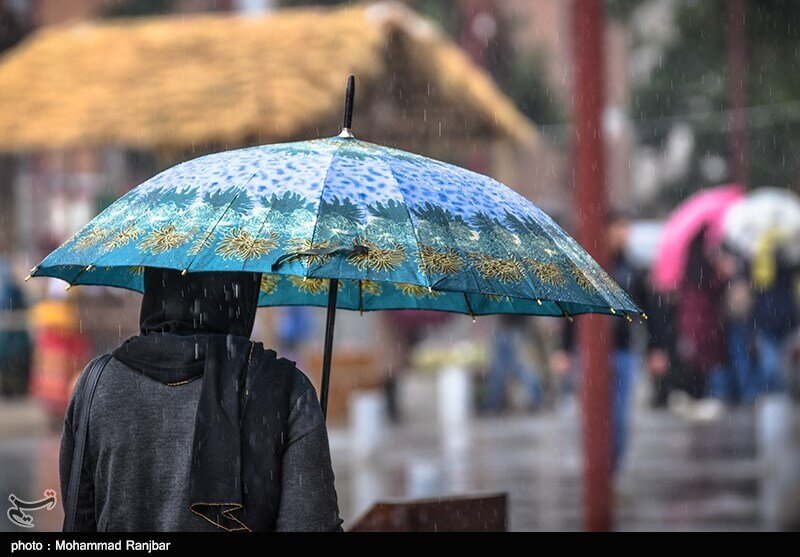Iran experiences 60% rainfall drop in 2 months on year

TEHRAN – Precipitation has declined by 60 percent in Iran over the first two months of the current [Iranian calendar] year (March 21-May 21) compared to the same period last year.
The whole country received 16 millimeters of rain over the last month, meanwhile, the average normal rainfall is reported 18 millimeters in this month, showing a 15 percent decrease in rainfall, Ahad Vazifeh, head of the national center for drought and crisis management said.
Although some areas received a good amount of rainfall, including Tehran province and parts of the east and northeast of the country, in general, the average rainfall in Iran, was less than the long-term average, he added.
Precipitation in Iran amounted to 128 millimeters from the beginning of the current water year (September 22, 2020), which demonstrates a 41 percent decline compared to the long-term average. On the other hand, rainfall during the second month of spring was very low in a number of provinces, including Fars, Chaharmahal-Bakhtiari, Kohgiluyeh and Boyer-Ahmad, Kordestan, Kermanshah, and Ilam.
This is while the normal amount of rainfall in the country during the first two months of the year is 52 mm, so this year, the country was short of rain by 60 percent, he explained.
Precipitation in Iran amounted to 128 millimeters from the beginning of the current water year (September 22, 2020), which demonstrates a 41 percent decline compared to the long-term average.
Now, the eastern and southern provinces of the country have experienced a severe shortage of rainfall compared to the same period last year.
The highest percentage of rainfall was reported in Hormozgan, Sistan-Baluchestan, and Kerman provinces by 86, 82, and 65 percent drop, respectively.
The normal amount of rainfall in Tehran province is 260 mm, but so far this province has received only 212 mm of rainfall, which is about 47 mm (18%) below normal.
Moderate to very severe drought in Iran
Vazifeh further forecasted that the country will not receive much rain until the end of summer (September 23), but in the southeast of the country, the Indian monsoon currents will be more active than before. However, the amount of rainfall is not enough to cause a major change in the country.
According to the forecasts, the amount of precipitation during August and September on the northern coasts of the country will be approximately less than normal.
Stating that the decrease in precipitation has a direct effect on temperature rise, he said that therefore, the average temperature in the country during the first two months of this year was about 2 to 2.5 degrees higher than normal.
On the other hand, it is predicted that the temperature in the country will continue to rise and we will have a hotter summer than normal.
Watershed management: a solution
Earlier in April, Abolghasem Hosseinpour, director of flood control at Forests, Rangelands, and Watershed Management Organization said that Iran will probably experience drought over the current [Iranian calendar] year (began on March 21), as only four provinces out of 31 provinces of the country received normal rainfall last year.
Given that Iran is an arid and semi-arid region, the rainfall rate is low, in other words, the fluctuations of rainfall vary significantly from year to year, he added.
Over the last two years, Iran was doused with rain which was unprecedented during the past 50 years, but last year, the country faced drought, which shows a 40 percent decrease in rainfall, he explained.
Watershed management is a solution to strengthen the ecosystem in the face of subsequent droughts by penetrating rainfall into the ground.
FB/MG
